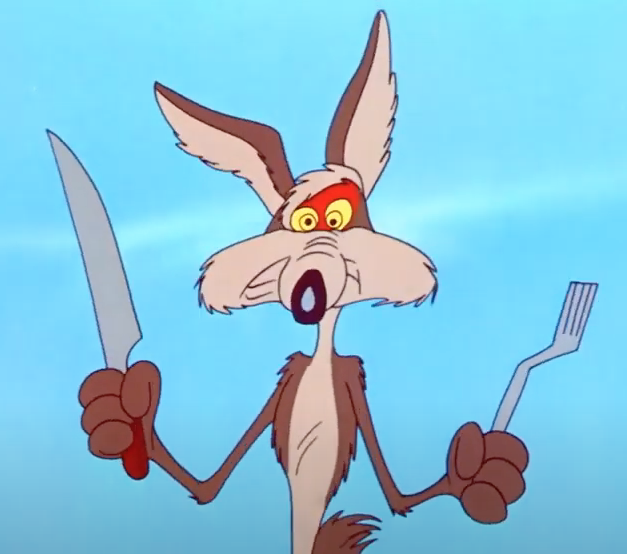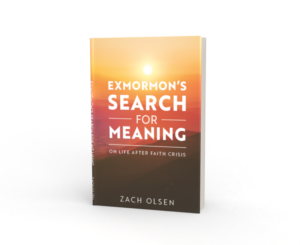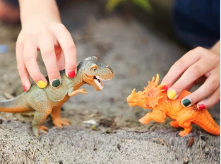This supercut of cliche instagram travel photos reminds me on Don Delillo’s book White Noise.
It’s the chapter where Jack and Murray, both professors at a midwest college, go to see “the most photographed barn in America.” On the drive to the barn they see five signs touting the barn and when they get there they see 40 cars and a tourbus, everyone snapping pictures of the barn. After a moment of taking it all in Murray says, “No one sees the barn.”
A long silence followed.
“Once you’ve seen the signs about the barn, it becomes impossible to see the barn.”
He fell silent once more. People with cameras left the elevated site, replaced by others.
“We’re not here to capture an image, we’re here to maintain one. Every photograph reinforces the aura. Can you feel it, Jack? An accumulation of nameless energies.”
There was an extended silence. The man in the booth sold postcards and slides.
“Being here is a kind of spiritual surrender. We see only what the others see. The thousands who were here in the past, those who will come in the future. We’ve agreed to be part of a collective perception. It literally colors our vision. A religious experience in a way, like all tourism.”
Another silence ensued.
“They are taking pictures of taking pictures,” he said.
He did not speak for a while. We listened to the incessant clicking of shutter release buttons, the rustling crank of levers that advanced the film.
“What was the barn like before it was photographed?” he said. “What did it look like, how was it different from other barns, how was it similar to other barns? We can’t answer these questions because we’ve read the signs, seen the people snapping the pictures. We can’t get outside the aura. We’re part of the aura. We’re here, we’re now.”
He seemed immensely pleased by this.
I love this. We don’t live in reality. We live in a version of reality that’s been translated by out minds. We label and categorize and compare and observe a version that’s solely in our heads. And these judgemental, biased thoughts are the source of our suffering.
Chuck Palahniuk in his book Choke makes the same observation:
“That big glorious mountain. For one transitory moment, I think I may have actually seen it.” For one flash, the Mommy had seen the mountain without thinking of logging and ski resorts and avalanches, managed wildlife, plate tectonic geology, microclimates, rain shadow, or yin-yang locations. She’d seen the mountain without the framework of language. Without the cage of associations. She’d seen it without looking through the lens of everything she knew was true about mountains.
What she’d seen in that flash wasn’t even a “mountain.” It wasn’t a natural resource. It had no name.
“That’s the big goal”, she said. “To find a cure for knowledge”.
For education. For living in our heads.
Ever since the story of Adam and Eve in the bible, humanity had been a little too smart for its own good, the Mommy said. Ever since eating that apple. Her goal was to find, if not a cure, then at least a treatment that would give people back their innocence.
“The cerebral cortex, the cerebellum”, she said, “that’s where your problem is”.
If she could just get down to using only her brain stem, she’d be cured.
This would be somewhere beyond happiness and sadness.
You don’t see fish agonized by wild mood swings.
Sponges never have a bad day.”
The pessimistic stance is the one Murray takes when he says you can’t know what the barn really looks like because you’ve read the signs and seen the people snapping the pictures. You can’t get outside the aura.
Meditation promises that you can, in fact, get outside of the aura. With enough training you can elevate your mind to be above the commotion the mind makes — clinging to desires and avoiding pain — and see things as they really are. You can have a present, conscious and deliberate direction of awareness. Making it possible to see the barn.





